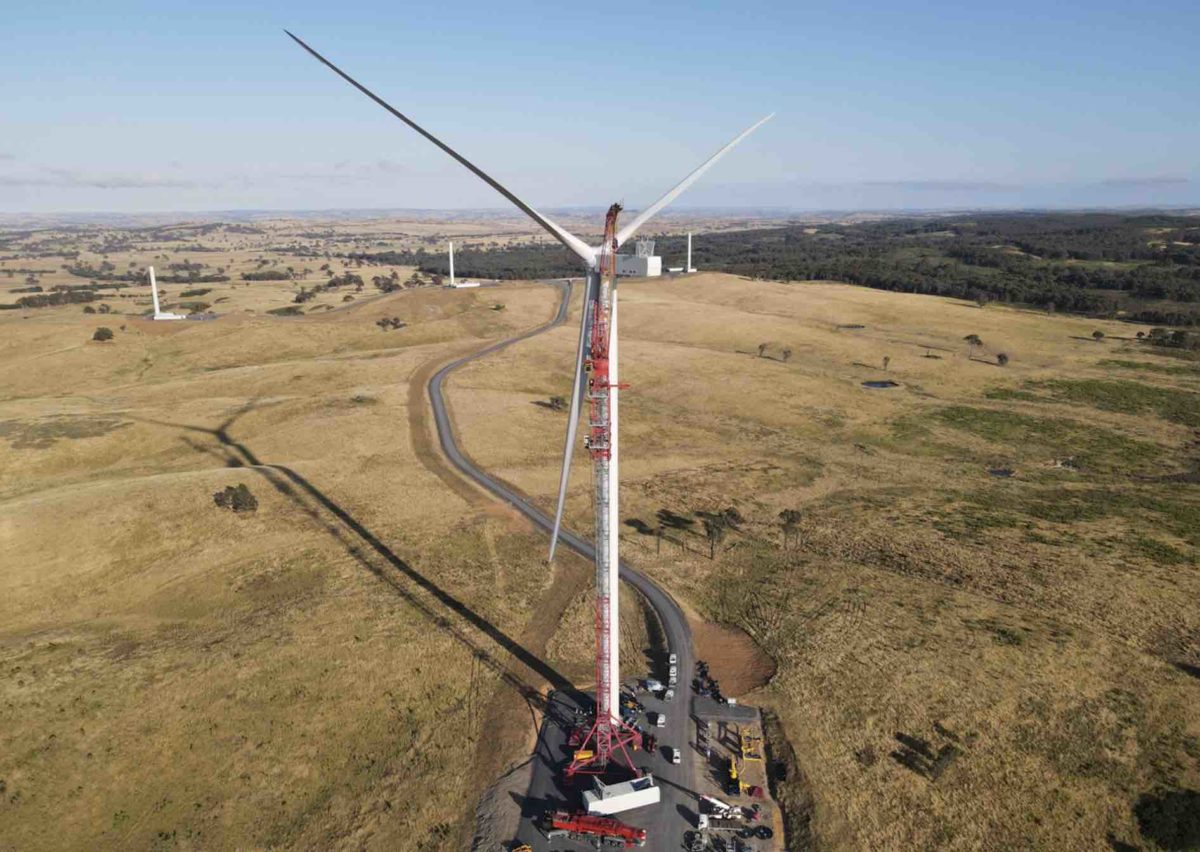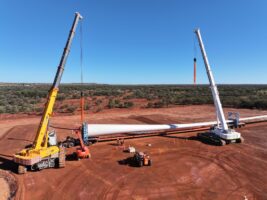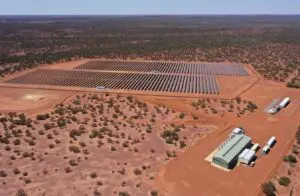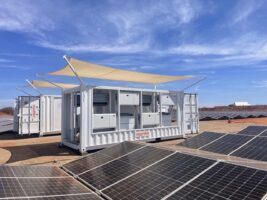Australia will see a near doubling of its wind industry workforce over the coming five years, with the number of people employed to construct, install, operate and maintain new wind energy projects expected to jump from 3,700 in 2022 to 6,600 by 2027.
And Australia is not alone. A report from the Global Wind Organisation (GWO) and Global Wind Energy Council (GWEC) has forecasts soaring demand for skilled wind technicians, globally, over the remainder of this decade, with more than 240,000 new recruits needed out to 2027.
The report says that in order to keep pace with this growth, almost 43% of these jobs will be new to the industry, joining from an education and recruitment pipeline or, hopefully, transferring from other sectors, such as the fading offshore oil and gas industries.
More specifically, a combination of natural job attrition and global wind capacity expansion means that a total of 243,800 new technicians will be needed over the next five years.
The dramatic increase in skilled workers comes with what GWEC CEO Ben Backwell describes as “colossal growth of wind capacity in this decade” – from 78GW of global wind energy installations in 2022 to 155GW in 2027; the report says the the global fleet of wind turbines will exceed 1,500GW by that time.
This will pit Australia against the rest of the world in the quest to attract thousands of skilled workers to the industry, particularly as the nation’s offshore wind industry starts to take off.
The report singles out Australia as part of a group of 10 countries that represent 73% (490GW) of all new onshore and offshore wind capacity additions expected worldwide from 2023 to 2027, and will be the most in need of new workers.

Promisingly, the report says the number of active Global Wind Organisation certified training centres in Australia has jumped from two in 2018 to 13 in 2023, “to address the training needs of a rapidly growing wind workforce.”
The data shows that by the end of 2022, 2,600 people were certified in at least one valid basic safety training (BST) modile, up from 600 at the end of 2018.

“GWO and GWEC estimate that the total C&I and O&M workforce will number 6,600 people [in 2027], up from 3,700 in 2022,” the report says.
The Outlook stresses, however, that the recruitment challenge brings with it a huge opportunity for new talent to enter from full-time education or transition from other sectors, and highlights the wind industry’s role in supporting a larger just and equitable energy transition away from fossil fuels.
“The GWO/GWEC Global Wind Workforce Outlook demonstrates not just how many people will be needed for the forecast installation and maintenance of the world’s wind fleet but emphasises how manyof these will be new arrivals to the sector,” says Jakob Lau Holst, GWO CEO.
“This underlines the need for a renewed focus on entry level skills that match the needs of employers and complements the existing capabilities people bring from other sectors and education systems.”
GWEC’s Backwell says the report sets out how to maintain a safe and healthy work environment and scale up training capacity to meet the demands of a 1.5°C-compliant pipeline of new wind generation capacity.
“Without a skilled and sustainable workforce for wind and renewable energy, the energy transition will not materialise in time.”










